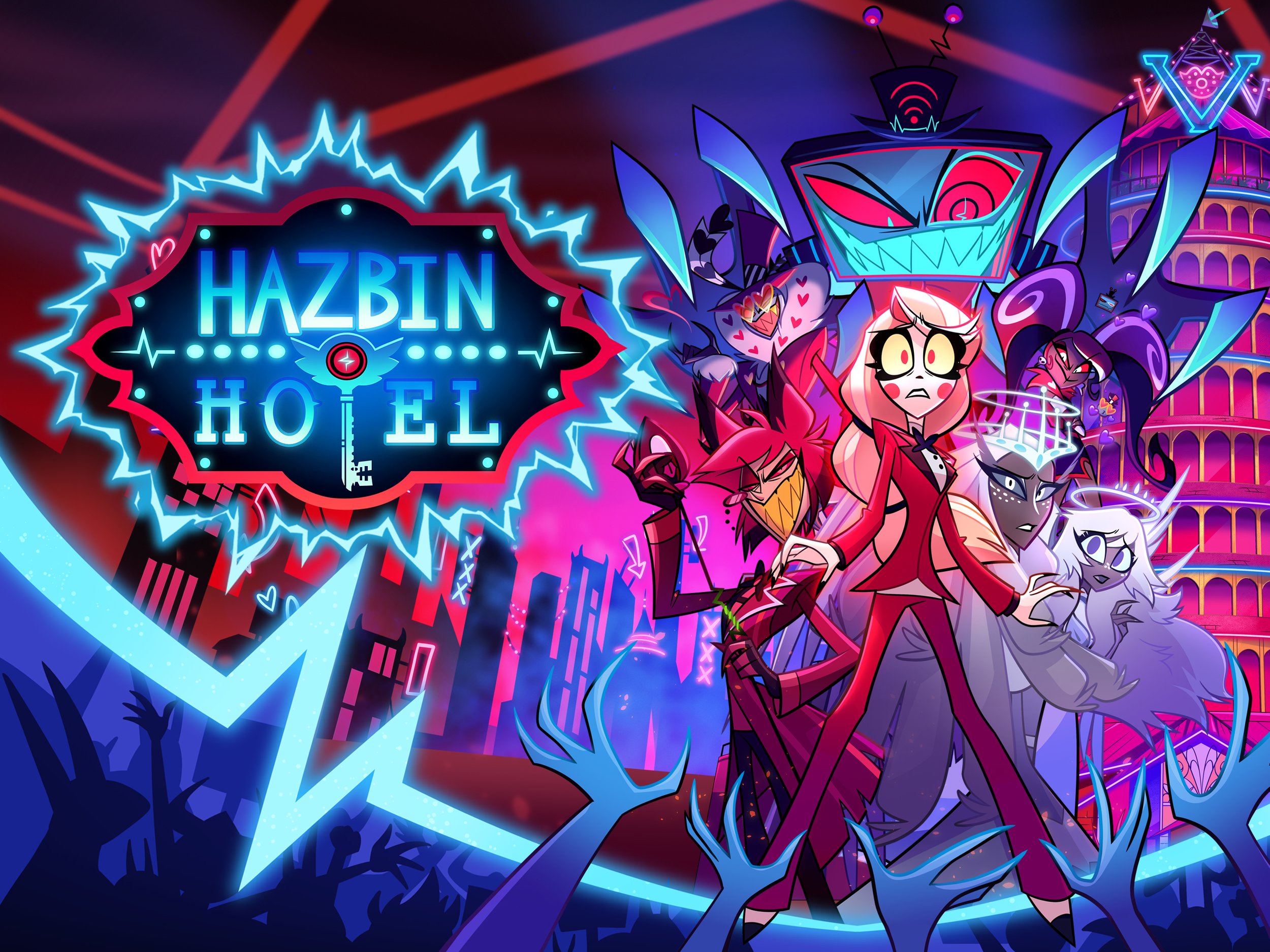The Psychology of James Bond: An In-Depth Character Study of 007
Introduction: The Enigma of Bond
James Bond, the debonair, suave, and often emotionally impenetrable British spy, is more than just an icon of the action genre. Over decades, he has evolved into a complex psychological portrait that offers insights into heroism, trauma, masculinity, and emotional resilience. Originally crafted by Ian Fleming, Bond is a figure of intense contradictions: he’s ruthlessly efficient yet charmingly charismatic, loyal yet emotionally detached, driven yet self-destructive. Through a deep psychoanalytic lens, Bond’s character reveals layers of psychological complexity that explain not only his strengths as a spy but also his profound personal struggles.
This article explores the hidden dimensions of James Bond's psyche, drawing from Freudian, Jungian, and modern psychological theories to unveil the man behind the myth.
I. The Roots of Bond’s Trauma
Early Life and Loss: The Making of 007
Bond’s childhood trauma is fundamental to understanding his psychological profile. Orphaned at an early age due to the tragic deaths of his parents, Bond was raised by his aunt. This sudden loss of parental attachment is a critical element in his development and perhaps his later resistance to intimacy. Such childhood trauma often results in the development of an avoidant attachment style, where the individual unconsciously distances themselves from emotional closeness to protect against future pain and abandonment.
Psychoanalyst Sigmund Freud’s concept of “repetition compulsion” offers further insight. This psychological drive compels individuals to repeat certain behaviours or situations, particularly those involving unresolved trauma, in an attempt to gain mastery over them. Bond's repeated exposure to high-stakes situations, his willingness to confront death, and his craving for danger are all potential manifestations of this phenomenon. Bond is not merely performing his duty; he is subconsciously reliving and attempting to conquer his childhood helplessness.
The Repression of Vulnerability
As a young man, Bond’s response to trauma involved the suppression of vulnerability. This repression is integral to his persona as 007, a master of stoicism who rarely expresses fear or affection. This emotional resilience, however, comes at a psychological cost. Repressed emotions, particularly those related to loss, do not disappear; rather, they become buried in the unconscious mind, manifesting as an intense need for control, domination, and avoidance of attachment.
Bond's career choice can be seen as a calculated escape from emotional vulnerability. His work as a spy allows him to maintain control, focus on objective outcomes, and avoid emotional entanglements. Yet his occupation, full of danger and espionage, inherently exposes him to psychological stress, fueling a vicious cycle that Bond seems helpless to break.
II. Detachment, Hyper-Masculinity, and the “Shadow Self”
Hyper-Masculinity as a Defense Mechanism
Bond embodies a brand of masculinity that is both enviable and problematic. Known for his aggression, decisiveness, and emotional impenetrability, he often exemplifies the hyper-masculine archetype. We argue that Bond’s hyper-masculinity is a form of “reaction formation,” a defence mechanism described by Freud wherein individuals adopt attitudes and behaviours opposite to their true feelings. Bond’s show of strength and control, therefore, may mask an internalized fear of vulnerability or a repressed desire for genuine intimacy.
Bond’s relationship with women illustrates this dynamic. Despite his physical intimacy with various female characters, these relationships are fleeting, shallow, and devoid of emotional depth. Bond’s avoidance of emotional bonds could indicate that he views intimacy as a threat. For Bond, closeness may symbolize weakness, a liability in his high-stakes world.
The Jungian Shadow: Bond’s Darker Self
Carl Jung’s concept of the “shadow”—the unconscious, often repressed aspects of an individual’s personality—offers a lens to understand Bond’s character. Bond’s enemies, many of whom display ruthlessness, amorality, and self-interest, can be seen as manifestations of his own shadow. As he confronts and “defeats” these villains, Bond is in essence battling aspects of his own psyche. Through their defeat, Bond maintains a moral high ground and reinforces his identity as a hero, distancing himself from his own darker instincts.
Bond’s interaction with his shadow is deeply paradoxical. He enacts aggression, ruthlessness, and emotional detachment, similar traits displayed by his adversaries. Yet, he displaces these tendencies onto his enemies, thus preserving his self-image as a defender of order. This repeated confrontation with externalized “evil” suggests an unconscious attempt to control the darker aspects of himself.
III. Eros and Thanatos: Bond’s Drive for Life and Death
Eros and Hedonism: The Pursuit of Life
Bond’s relationship with pleasure, epitomized by his love for fine dining, alcohol, and beautiful women, is a clear expression of Freud’s concept of Eros, or the life drive. Eros manifests as a pursuit of sensuality, pleasure, and connection. However, Bond’s pursuit of pleasure is superficial and transient; he indulges in these experiences without forming deep connections. This pattern reveals a conflict: while Bond seeks pleasure as an affirmation of life, he cannot fully embrace it due to his fear of vulnerability.
Thanatos: The Death Drive and Self-Destruction
Conversely, Bond exhibits what Freud called Thanatos, or the death drive. Bond’s career as a spy—filled with constant exposure to life-threatening situations—serves as a way for him to flirt with death. His reckless behaviours, from high-risk missions to excessive drinking, suggest an unconscious self-destructive urge. This compulsion toward danger might be understood as Bond’s subliminal desire for control over death, a need to master his own fate, or even a subtle manifestation of survivor’s guilt from childhood.
This duality between Eros and Thanatos highlights Bond’s complex internal struggle. His love for life’s pleasures coexists uneasily with his apparent disregard for his own safety, a tension that defines his lifestyle and ultimately makes him a tragic hero.
IV. Bond’s Fear of Intimacy and Emotional Isolation
Attachment Style and Avoidance of Intimacy
Bond’s relationships with women are marked by brevity and lack of emotional depth. We suspect Bond’s attachment style is avoidant, meaning he avoids forming lasting bonds due to fear of dependency and vulnerability. His relationships are transactional, driven by lust and power, rather than mutual emotional support. Even when he appears to care for someone, such as Vesper Lynd in Casino Royale, the relationship is doomed by distrust and betrayal, reinforcing his conviction that attachments are liabilities.
Bond’s aversion to intimacy may stem from unresolved grief and the fear of re-experiencing loss. By keeping others at arm’s length, he avoids confronting the pain of abandonment that he internalized as a child. His shallow relationships provide short-term satisfaction while insulating him from emotional risk, ensuring that he remains self-contained and unbreakable.
Self-Sabotage and Emotional Armoring
Bond’s avoidance of intimacy can be viewed as a form of self-sabotage. He repeatedly chooses his career over his personal life, turning away from connections that could provide emotional fulfillment. This repeated rejection of closeness acts as a self-fulfilling prophecy, reinforcing his isolation. Bond’s lack of significant relationships leaves him emotionally armored but existentially empty, a dynamic that compounds his isolation.
V. Splitting, Moral Ambiguity, and Bond’s Ethical Code
Splitting as a Coping Mechanism
Bond’s life as a spy demands a certain moral flexibility, allowing him to kill in cold blood while maintaining a sense of duty. This mental division, or “splitting,” is a defence mechanism in which Bond categorizes people as either “good” or “bad” with little middle ground. This binary worldview enables Bond to compartmentalize his own actions, justifying violence by dehumanizing his enemies. Through splitting, Bond protects himself from moral ambiguity, which would otherwise destabilize his sense of self.
Bond’s Personal Moral Code
Despite his moral flexibility, Bond operates with a distinct personal code. He displays loyalty to MI6, respects certain allies, and upholds a sense of justice, however ambiguous. Bond’s adherence to his own ethical framework is crucial for maintaining his psychological balance in a world where traditional morality does not apply.
VI. Addiction and Escapism: Bond’s Coping Mechanisms
Bond’s dependency on alcohol and occasional smoking can be viewed as a coping mechanism to handle his psychological stress. We could consider Bond’s addictions as a form of “self-medication” to numb himself from the intense pressures of his career. These habits reflect his tendency to seek relief from unresolved emotional pain, reinforcing the theme of self-destructive behaviour that pervades his life.
Simply Put: The Tragic Hero of Modern Times
James Bond’s persona is a paradox of charm and darkness, resilience and vulnerability. Beneath his stoic, hardened exterior lies a man grappling with profound psychological conflict, a man shaped by loss, driven by duty, yet haunted by an inner void. Bond’s character reveals the costs of detachment and emotional repression, illustrating how hyper-masculinity and a relentless drive for control can ultimately isolate rather than empower.
While Bond remains a timeless figure of heroism and allure, his psyche reveals a tragic complexity that transcends the genre. He is a character who, in his endless quest to defend others, loses the chance to know himself fully. In Bond, we see a hero perpetually at odds with his own inner demons, a man whose bravery hides an unhealed heart—a reminder of the high cost of living on the edge.
Recommended Reading
Disclaimer: Purchases through links on our site, may earn ourself affiliate commission.References
Books and Primary Texts on James Bond
Psychoanalytic and Psychological Perspectives
Jung, Carl. Aion: Researches into the Phenomenology of the Self. Princeton University Press, 1951.
Bowlby, John. Attachment and Loss: Volume I, Attachment. Basic Books, 1969.
Thematic and Character Studies on Bond and Masculinity
Funnell, Lisa. For His Eyes Only: The Women of James Bond. Wallflower Press, 2015.
Chapman, James. Licence to Thrill: A Cultural History of the James Bond Films. I. B. Tauris, 2000.
Britton, Wesley. Onscreen and Undercover: The Ultimate Book of Movie Espionage. Praeger, 2006.










